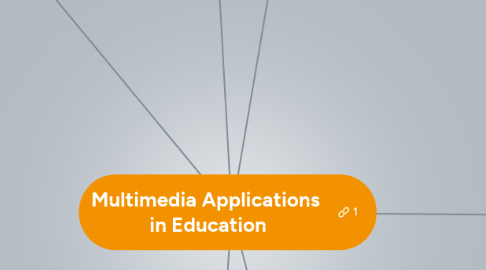
1. Expressing Information
1.1. Infographics
1.1.1. Kathy Schrock
1.1.1.1. Infographics as Assessment Tools
1.1.2. Visual Representation of Data
1.1.2.1. Types
1.1.2.1.1. Statistical
1.1.2.1.2. Timeline
1.1.2.1.3. Informational
1.1.2.1.4. Gameboard Metophore
1.1.2.1.5. Personal Preference
1.1.2.1.6. Interactive
1.1.3. My Infographic
1.1.3.1. Venngage
1.1.3.2. Childhood Literacy
1.1.3.2.1. 3rd grade is major turning point in future success
1.1.3.2.2. Problems
1.1.3.2.3. Solutions
2. Protecting Your Digital Tattoo
2.1. Juan Enriquez
2.1.1. Digital life as permanent as a tattoo
2.2. Topics of Interest
2.2.1. Academic Integrity and Plagiarism
2.2.2. Personal Online Safety/Security
2.2.3. Bullying
2.2.3.1. Policies
2.2.3.1.1. Teachers
2.2.3.1.2. Students
2.2.3.2. Facing Histories School Bullying Initiative
2.2.3.2.1. Class meetings
2.2.3.2.2. Peer Mediation
2.2.4. Digital Citizenship
2.2.5. Netiquette
3. Digital Toolbox
3.1. Digital Tool
3.1.1. Hardware
3.1.2. Software
3.1.2.1. Wed-Based
3.1.2.2. App
3.1.2.2.1. Free
3.1.2.2.2. For Purchase
3.2. Review of Digital Tools
3.2.1. BoomWriter
3.2.1.1. Group Writing
3.2.1.2. 3-12
3.2.1.3. Vote on best next chapter in story
3.2.1.4. Can be published
3.2.2. Question Builder
3.2.2.1. App
3.2.2.2. Abstract Questions
3.2.2.3. Sp. Ed and ELL benefits
3.2.2.4. 3 levels
3.2.2.5. audio clips
3.2.2.6. Tracks Student Progress
3.2.3. Kidspiration
3.2.3.1. Mind Mapping for Kids
3.2.3.2. K-5
3.2.3.3. Reading, Writing, Thinking, and Math Skills
3.2.3.4. Picture heavy organizers
3.2.3.5. ELL uses
3.2.3.6. Pre-created maps and activities
3.2.3.7. Student/ Teacher creations
3.2.4. SMART Notebook
3.2.4.1. SMART Board
3.2.4.2. Interactive
3.2.4.3. Manipulate
3.2.4.4. SMART Exchange
3.2.4.5. All ages and levels
4. Keeping Current
4.1. Tools
4.1.1. RSS Reader
4.1.1.1. Multiple blogs
4.1.1.2. Efficient
4.1.2. Feeds
4.1.2.1. Free Technology for Teachers
4.1.2.1.1. BoomWriter
4.1.2.1.2. ShareMyLesson
4.1.2.2. Lisa Neilson: The Innovative Educator
4.1.2.2.1. Classroom ->Learning Studio
4.1.2.2.2. Google SMS Translate
4.1.2.3. TechLearning
4.1.2.3.1. Current events in EdTech Community
4.1.2.3.2. Digital Portfolios
4.2. Topics
4.2.1. Education
4.2.2. New Resources
4.2.3. Classroom Application
5. Encouraging Creativity
5.1. TEDTalks
5.1.1. Education Revolution
5.1.1.1. Industrial vs. Agriculture
5.1.1.2. Learning Hierarchy
5.1.1.3. Academic Inflation
5.1.1.4. Individualized Learning
5.1.2. Creativity
5.1.2.1. Play
5.1.2.1.1. Explore
5.1.2.1.2. Build
5.1.2.1.3. Role
5.1.3. Experiementing
5.1.3.1. Mistakes ->Innovations
5.1.3.2. Imagination
5.1.3.3. Discovery
5.2. Lesson Idea
5.2.1. ReadWriteThink
5.2.2. Creative Writing lesson
5.2.2.1. Characters
5.2.2.2. Setting
5.2.2.3. Problem
5.2.2.4. Solution
5.2.3. Wordless Picture Books
5.2.3.1. Students creating their own stories
6. Organizing Information
6.1. Mind Mapping
6.1.1. Visualization of Information
6.1.2. Central Idea
6.1.2.1. Sub-topics
6.1.3. Mind Meister
6.1.3.1. Arrangement
6.1.3.2. Links and Linking Lines
6.1.3.3. Graphics
6.1.3.4. Content
6.1.3.5. Text
6.1.3.6. Design
6.2. Concept Mapping
6.2.1. Relationships between ideas
6.2.2. Structuring thought

